
ORDINANCES
Examples from WNC Communities
All of the communities with a NPDES Phase II permit have stormwater ordinances that address stormwater management including public outreach and education; illicit discharge detection and elimination; construction site runoff control; post-construction runoff control; and pollution prevention and good housekeeping. The following are a few examples communities that have incorporated innovative practices into their local ordinances to fulfill permit requirements.
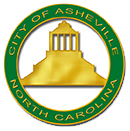 Asheville
Asheville
The City of Asheville's Unified Development Ordinance (UDO) Section 7 Article VIII includes maximum impervious limits for several commercial, institutional and urban residential districts that range from 80-90 percent.
All development and redevelopment in the City of Asheville, except that listed in Section 7-12-2(a)(7) of the UDO, is subject to the pre- and post-construction stormwater requirements listed in Section 7-12-2 of the UDO. Land disturbance permits are required for any development disturbing 500 square feet or more.
To apply for development approval, a sketch plan is required for proposed land disturbance less than 10,000 square feet that is exempt from post-construction stormwater control regulations, and a formal plan is required for proposed land disturbance 10,000 square feet or greater, whether it is exempt from post-construction stormwater control regulations or not. Formal plans must be prepared and sealed by a qualified registered North Carolina professional engineer or landscape architect. Additional requirements, such as performance guarantees, are listed in Section 7-12-2 of the City’s UDO.
The City of Asheville requires 30’ aquatic buffers for development, and erosion and sediment control measures for 500 sqft. of land disturbance. A formal control plan is required for 10,000 sqft. of land disturbance, a 3rd party inspector for 25,000 sqft. of land disturbance, and a re-vegetation bond for 5 acres of land disturbance.
The City enforces regulations for steep slope areas and ridgetops in Section 7-12-4 of the UDO. In these areas, land disturbance limits are imposed based on the existing grade of the site starting at grades of 15 percent. A geotechnical analysis prepared by a North Carolina registered engineer is required for all development in areas with an existing grade of 36 percent or greater or on properties designated as “High Hazard” or “Moderate Hazard". Hazard classifications can be found in the Map Viewer on the Landslides in WNC website.
 Brevard
Brevard
The City of Brevard adopted a new Comprehensive Land Use Plan, “Building Brevard”, in March 2023 to guide land use decisions in the city through 2030. Two of the overarching topics, “Parks, Natural Resources, & Cultural Resources” (PNCR) and “Economic Development, Infrastructure & Resiliency” (EDIR), seek to improve the City’s resilience and ability to handle stormwater. Priorities PNRC-5 (requiring conservation design), PNRC-6 (encourage the preservation of natural amenities), PNRC-10 (preserve steep slopes), EDIR-8 (encourage low impact development), and EDIR-10 (evaluate current built-upon area regulations) speak directly to these goals.
 The City of Brevard's UDO (05/01/2023 ) requires all development or redevelopment, unless exempted in Section 6.6(B), to comply with pre- and post-construction stormwater control requirements. Generally, to apply for development approval, a stormwater management system concept plan is required demonstrating conformance with the standards listed in Section 6.5 & 6.6. The City requires a 30-foot buffer along surface waters for all development.
The City of Brevard's UDO (05/01/2023 ) requires all development or redevelopment, unless exempted in Section 6.6(B), to comply with pre- and post-construction stormwater control requirements. Generally, to apply for development approval, a stormwater management system concept plan is required demonstrating conformance with the standards listed in Section 6.5 & 6.6. The City requires a 30-foot buffer along surface waters for all development.
The City also enforces steep slope regulations, including grading and density limits. Per Section 6.4, these regulations apply to all areas with slopes 25 percent or greater and/or parcels with elevations at or above 2,250 feet.
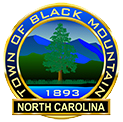
Black Mountain
The Town of Black Mountain adopted a new Comprehensive Plan, “Elevate Black Mountain”, in June 2021 to guide land use decisions for the Town through the next decade and beyond. One of the overarching topics, “Green and Resilient”, and its goals and actions address stormwater management. Goal 3.3 (use natural approaches to address stormwater) and its policies, along with Action 3.2 (adopt stormwater best practices), are areas of the plan that provide a pathway for the Town to manage its current and future stormwater needs.
The Town of Black Mountain's UDO (06/15/22) requires all development and redevelopment proposing more than 5,000 square feet of disturbance or impervious surface, unless exempt per Sections 8.1.2 or 8.2.2(C), to comply with pre- and post-stormwater control measures. The Town requires a 25-foot grading buffer and a 30-foot buffer along streams for all development.
The Town also enforces steep slope regulations. Per Section 8.1.5, these regulations apply to development or subdivision of parcels greater than one acre with a 16 percent or greater slope, parcels less than one acre with a 25 percent or greater slope, or subdivisions where 50 percent or more of the area lies at or above elevations of 2,600 feet. Tracts greater than one acre are permitted a graded area of 50 percent of the tract area and a global stability analysis is required for all lots with slopes greater than 36 percent.
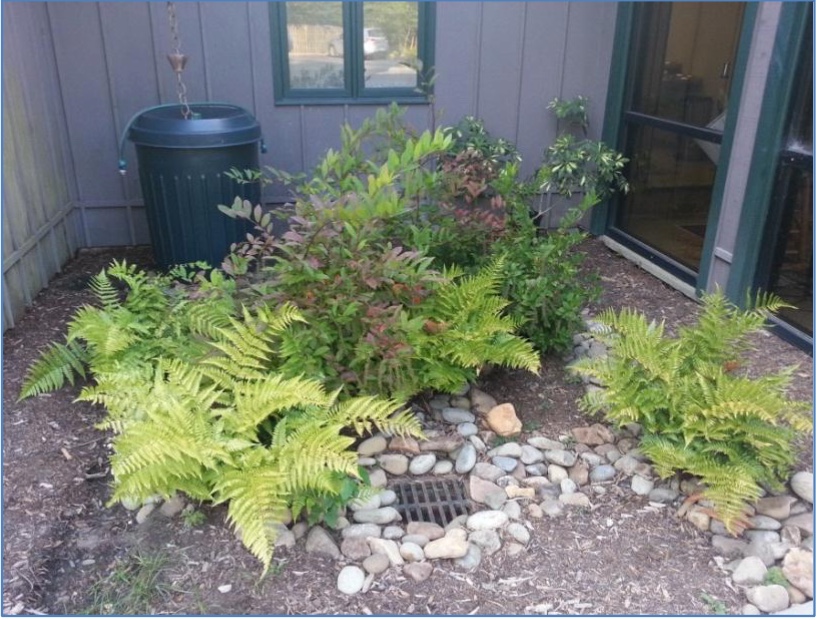
Rain garden and rain barrel at Black Mountain Town Hall. Source: Black Mountain Comprehensive Plan Update 2014, Chapter 3.
General Resources

The EPA’s Water Quality Scorecard is designed to help local governments protect water quality by removing barriers to green infrastructure, and revising and creating codes, ordinances, and incentives that facilitate it’s implementation at multiple scales.
 While not stormwater-specific, the NC Wildlife Resources Commission’s Green Growth Toolbox offers model ordinances and NC-specific examples that address important stormwater management tools like stream buffers, and wetland, floodplain, and steep slope protection. The Town of Chapel Hill’s “rural buffer” may also be of interest to communities seeking to preserve farmland and natural resources, and redirect higher density growth to areas with existing storm sewer systems.
While not stormwater-specific, the NC Wildlife Resources Commission’s Green Growth Toolbox offers model ordinances and NC-specific examples that address important stormwater management tools like stream buffers, and wetland, floodplain, and steep slope protection. The Town of Chapel Hill’s “rural buffer” may also be of interest to communities seeking to preserve farmland and natural resources, and redirect higher density growth to areas with existing storm sewer systems.
Operations & Maintenance
The Stormwater Equipment Manufacturers Association (SWEMA) has developed a Draft Best Management Practice (BMP) Maintenance Ordinance and a Maintenance Agreement. The ordinance is designed to help municipalities regulate both the inspection cycle and maintenance or repair of stormwater BMPs. SWEMA urges communities to adopt a stormwater ordinance that includes BMP inspection and maintenance.
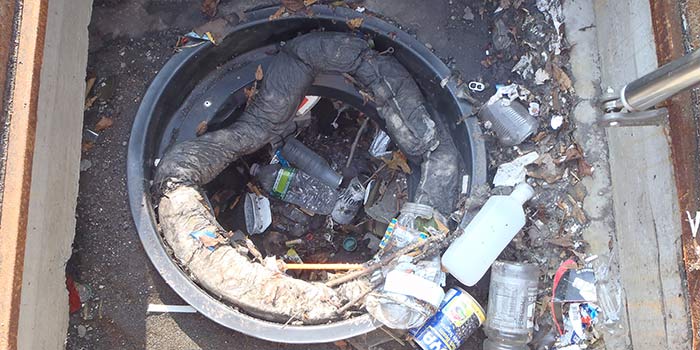
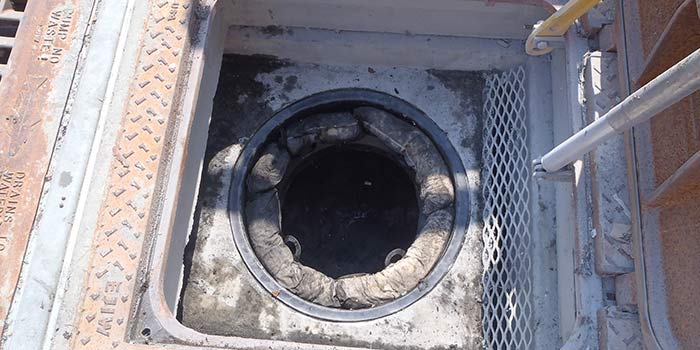
Treatment device before and after maintenance. Source: SEMA.